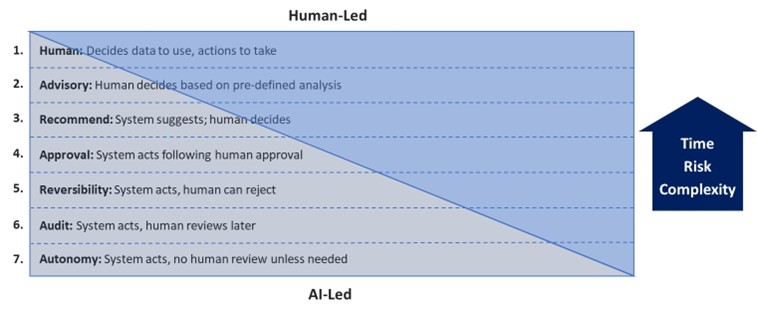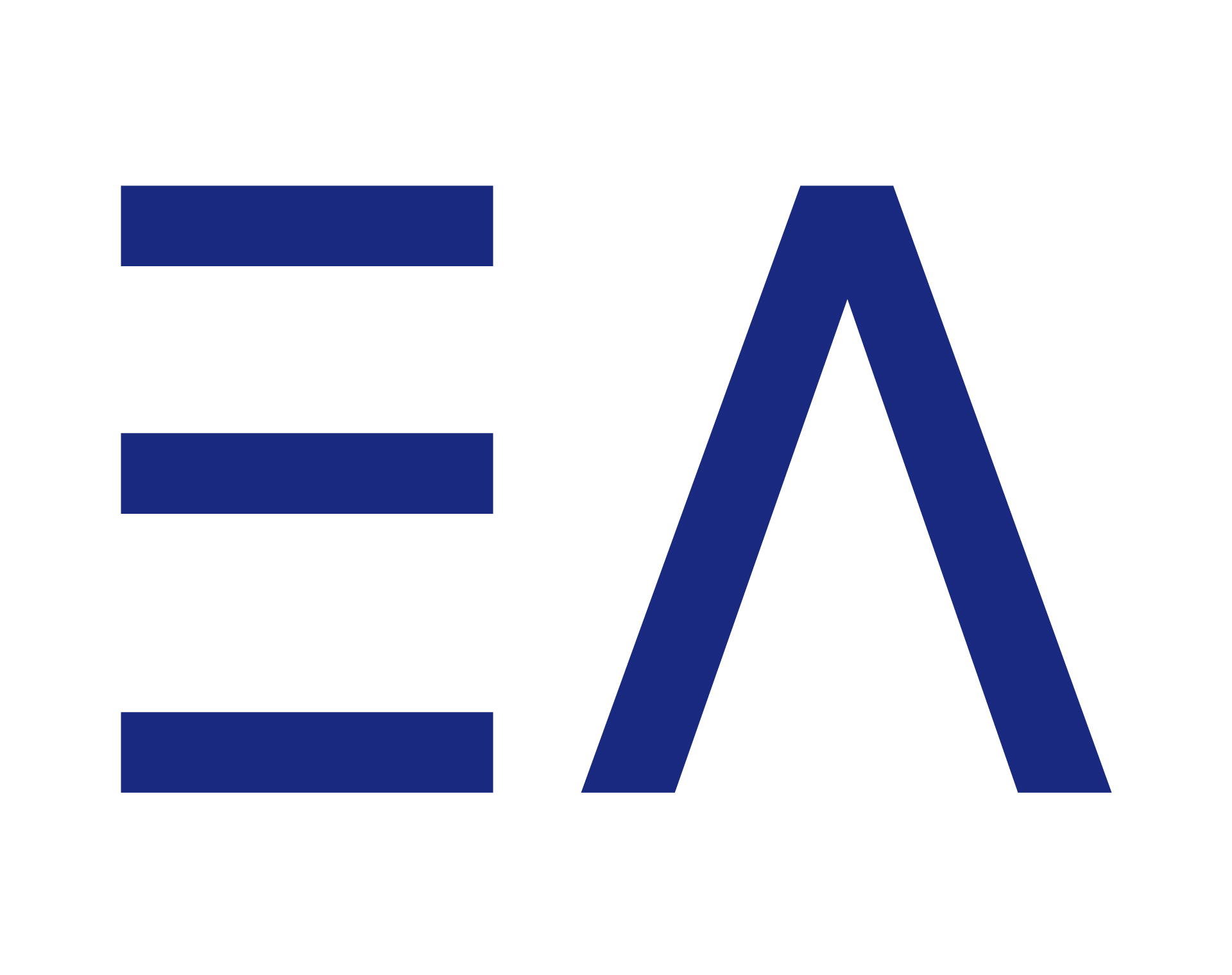Unlocking growth through Human-Centered AI
Unlocking growth through Human-Centered AI
Last week, EA Partner Tom Harris presented the opening keynote at the Digital Transformation Conference, London, the leading digital transformation conference in the UK. His presentation, Unlocking Growth Through Human-Centered AI, focused on the potential power of AI to unlock growth through both cost savings and incremental revenue generation, by combining the best of new technologies and the creativity of human capital.

4 x rate of change by 2040
We live in a time of change, with the rate of change projected to increase by four times between now and 2040. This requires companies to continually adapt to the changing world around them, including the adoption of new technologies, competing against new market entrants, understanding an evolving regulatory landscape, and striving to meet elevated customer expectations. The challenge for organizations is to drive growth while meeting these challenges, by becoming more efficient and through identifying and capturing new revenue opportunities.
1% UK GDP / Capita Growth
The UK has been particularly challenged for growth recently, with GDP/Capita slowing over the past 40 years from an average of 2.5% in the 1980s to an average of 1.0% in the last decade. Breaking out of this current low-growth / no-growth cycle requires us to do things differently. By investing in technology like Gen AI and equally, in our people to ensure they have the skills to effectively deploy it, we have an opportunity to become more efficient while unlocking new value pools.
68% negative correlation between AI use and critical thinking
Over the next 5 years, organizations will need to upskill 59% of their employees, with a focus on technical skills (e.g., big data, AI, and cybersecurity) and ways of working (e.g. analytical & critical thinking, agility, and leadership). While future success will be reliant on a combination of AI adoption and the critical thinking that enables its effective deployment, research shows a 68% negative correlation between AI usage and analytical thinking – in short, AI promotes cognitive laziness. The outcome from this correlation is limited benefit from AI deployments with less than 50% of companies seeing a measurable benefit.
By taking a more thoughtful approach, organizations can significantly improve their returns from AI deployments, said Tom Harris, EA Partner. Using a product mindset and taking a use case approach, organizations can determine the most appropriate application of AI, ranging from human-led, or advisory approaches, to audit-based, or fully autonomous applications where AI is empowered to make decisions with limited human oversight"

AI Deployment Continuum
Human Led / AI Led graph.

75% of companies will deploy Decision Intelligence by 2026
Taking a use-case approach evolves organizations from artificial intelligence to decision intelligence, where technology is fully integrated into the decision-making process. This can take the form of decision support (e.g., cancer screening in the NHS), to decision augmentation (e.g., customer service optimization) to decision automation (e.g., wind farm management). While 75% of the top 500 global companies will deploy decision intelligence by 2026, the opportunity for smaller organizations is equally large. Before adopting decision intelligence, organizations need to first understand and map how decisions are made today, so they can thoughtfully introduce Gen AI where it most makes sense.
33% of software applications use Agentic AI by 2028
To fully realize the benefits of Gen AI, organizations will need to become comfortable providing AI models with greater agency, while minimizing risk. Agentic AI promises to support this journey by creating autonomous software packages that can be used individually, or combined in series, drawing from large language models (LLMs), knowledge graphs and governed by the appropriate rules and guardrails. The advantage of agentic AI is that it evolves AI from generic usage to specific applications, considerably improving returns (e.g., insurance claims processing).

$10B Composite AI value by 2030
As organizations become more sophisticated, composite AI presents a further opportunity to add value, combining the best of generative AI, machine learning, knowledge graphs and heuristic or physics-driven models. Composite AI ushers in a more nuanced future where multiple technologies are combined together to deliver value.
6.1% cost saving from Gen AI
For organizations that get it right, thoughtful AI adoption, coupled with employee upskilling can deliver attractive returns. Initial insights show that those companies that see a benefit from deploying Gen AI average a 6.1% annual cost saving and 3.7% annual incremental revenue increase. Put in the context of 1% annual GDP/Capita growth for the UK, these are significant returns and worth exploring further.

At Esher Advisory, we’re helping our clients unlock growth in a rapidly changing world, by partnering with them to thoughtfully prioritize revenue generating and cost saving opportunities. Our sole focus is on driving business outcomes, designing and deploying growth initiatives and measuring their quantitative impact. Find out how we can help your organization deliver incremental growth today.
Tom Harris, Partner, CCO
May, 2025